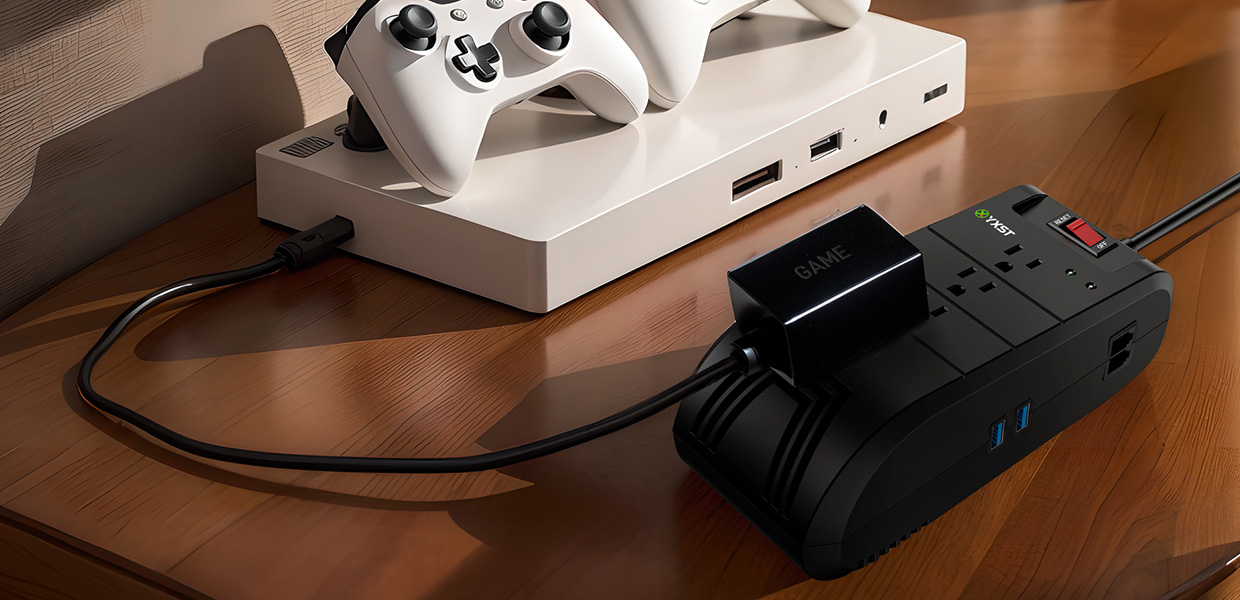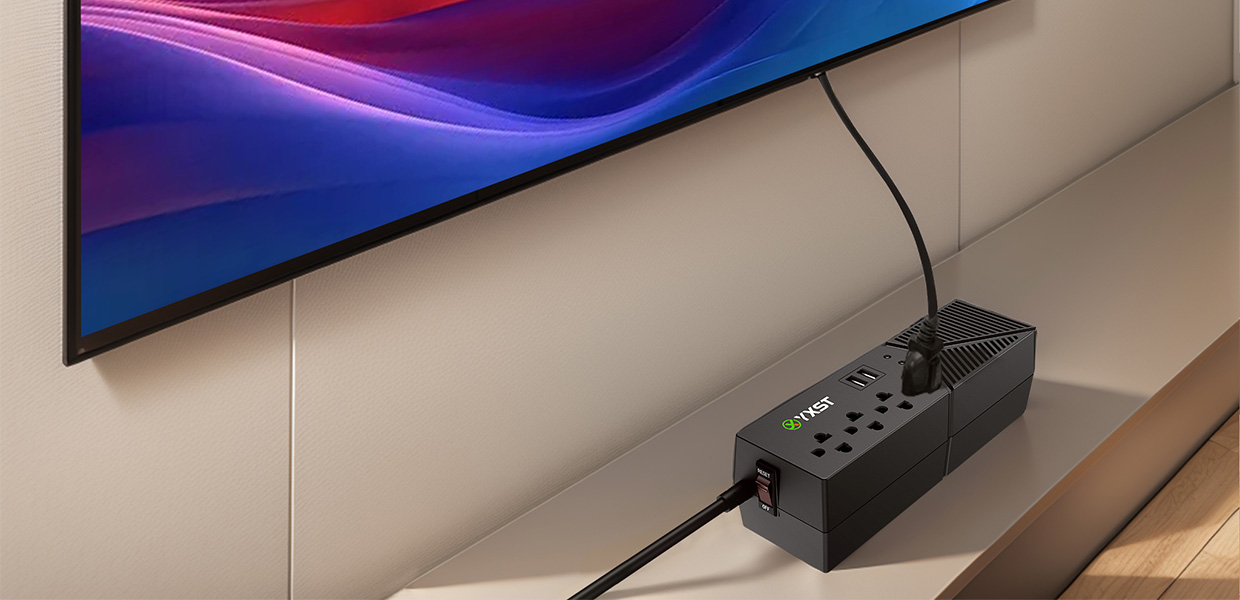Single-phase AC Voltage Regulator: Principles, Applications
Date:2025-05-13 Click:900
1. Overview of Single-Phase Automatic AC Voltage Regulator
1.1 Basic Definition and Function
Single-Phase Automatic Voltage Regulator (AVR) is a device that achieves voltage stability through electronic circuits or electromechanical control and is mainly used in single-phase AC circuits. Its core function is to ensure that the equipment obtains a constant power supply by adjusting the output voltage in real-time when the input voltage fluctuates or the load changes.
2. Technical Principles and Core Components
2.1 Working Principle
Single-phase AC Voltage Regulator achieves voltage regulation by controlling the waveform or amplitude of the AC voltage. It mainly adopts the following three control methods: phase control voltage regulation (phase control voltage regulation), frequency control voltage regulation (zero-crossing trigger voltage regulation), and chopping control voltage regulation (PWM voltage regulation).
2.2 Analysis of Key Components
Power Switching Components
Thyristor (SCR): used for phase control, withstands high voltage and high current, and the trigger signal needs to be synchronized with the voltage.
IGBT/MOS tube: used for chopper control, supports high-frequency switching, reduces harmonics but requires driver circuit protection.
Control module
Pulse generator: generates a trigger signal with an adjustable phase.
Trigger isolation circuit: This circuit uses optocouplers or pulse transformers to isolate high- and low-voltage signals to ensure the safety of the control circuit.
Feedback and protection module
Voltage stabilization circuit: This circuit uses a built-in DC voltage regulator (such as diodes, transistors, or integrated circuits) to provide stable voltage for the control circuit.
Overvoltage/overcurrent protection: achieved through current limiting resistors, voltage regulators (DW), and reverse protection diodes.
Auxiliary components
Freewheeling circuit: parallel bidirectional switches or diodes in chopper voltage regulation to provide a freewheeling path for inductive loads.
Application scenarios and Selection recommendations
Main application areas
1. Home lighting dimming control
By adjusting the voltage amplitude or waveform, the single-phase voltage regulator can achieve smooth control of the brightness of the lamp. For example:- Incandescent/halogen lamp dimming: The phase control voltage regulator changes the voltage effective value by adjusting the conduction angle to achieve step-less dimming.
- LED drive dimming: The chopper voltage regulator adjusts the LED drive current through high-frequency pulses to avoid flickering and is more efficient.
- Smart lighting system: With sensors or smart terminals, automatic brightness adjustment is achieved.
2. Home appliance power supply voltage stabilization protection
For power grid environments with frequent voltage fluctuations, the voltage stabilizer can protect sensitive home appliances:- Precision equipment protection: Such as computers, smart TVs, etc., the output voltage is adjusted in real-time through the fully automatic voltage stabilizer to avoid equipment damage caused by sudden voltage rise/drop.
- Contactless voltage stabilizer: The semiconductor device is used to quickly respond to voltage changes, which is suitable for urban power grids with more high-frequency interference.
3. Temperature control of electric heating equipment
Use frequency control voltage regulation technology (zero-crossing trigger) to accurately control the heating power:- Electric blanket/heater: Control the heat generation by adjusting the on-off cycle ratio.
- Kitchen appliances: Such as electric ovens and electric kettles, maintain constant temperature heating.
4. Small motor speed regulation
Applicable to speed regulation of low-power household appliances:- Fan/range hood: Phase control voltage regulator achieves step-less speed regulation by adjusting the motor terminal voltage.
- Washing machine/vacuum cleaner: Chopper control voltage regulator reduces harmonic interference and extends motor life.

Precautions
- Safety regulations: Household voltage regulators need to be well grounded, avoid parallel use, and check brush wear regularly.- Selection suggestions: Phase control voltage regulators (low cost) are preferred for low-power scenarios (<3kW), and chopper control is recommended for high-precision requirements.
Through flexible control methods and component combinations, single-phase AC voltage regulators have achieved multi-dimensional applications from basic power stability to intelligent energy-saving management in home scenarios.
Selection Guide
1. Capacity matching: According to the load power selection, it is recommended to leave a 20% margin.2. Input adaptability: When the rural power grid fluctuates greatly, a wide-range model should be selected.
3. Environmental requirements: Products with IP protection level ≥ 20 and temperature rise < 60℃ are required for outdoor or high-temperature scenarios.
Maintenance and troubleshooting
Daily maintenance points- Cleaning and heat dissipation: Open voltage regulators (such as TDGC2) need to remove carbon powder regularly to avoid contact oxidation.
- Load detection: It is prohibited to connect multiple machines in parallel to prevent circulating current from damaging the equipment.
Filter capacitor: reduces output voltage fluctuations and improves waveform quality.


